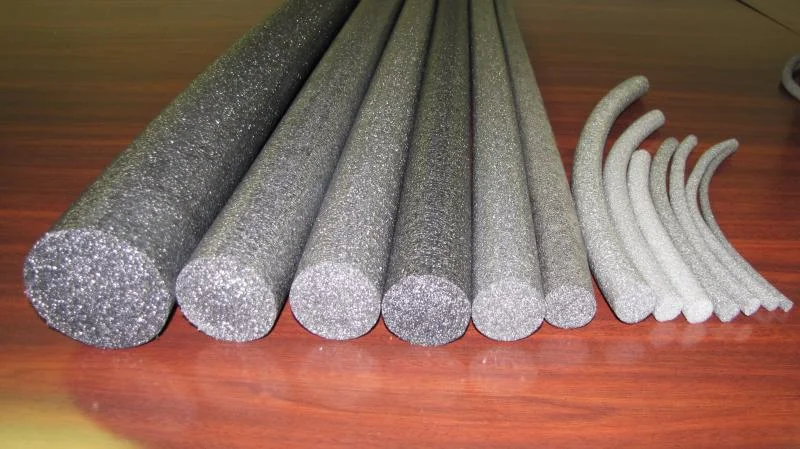







Your Custom Text Here
CCCS uses many different materials and depending on the job here are few examples of the most common industrial products.
Concrete Construction Sealant: One Part Polyurethane, Elastomeric Sealant/Adhesive Self leveling and Non-Sag
A premium-grade, high-performance, moisture-cured, 1-component, polyurethane-based, non-sag elastomeric sealant. Meets Federal specification TT-S-00230C, Type II, Class A. Meets ASTMC-920, Type S, Grade NS, Class 35, use T, NT, O, M, G, I; Canadian standard CAN/CGSB 19.13-M87.
Backer Rod:
Backer rod, also called backer material or back-up rod, is a flexible foam product used behind caulking to increase elasticity, reduce consumption, force the caulking into contact with the sides of the joint creating a better bond, determine the thickness of the caulking, and define the cross-section hour-glass shape of the caulk. The backer rod also acts as a bond breaker to keep the caulking from sticking to the bottom of the opening called a three-sided bond; with the caulking only adhering to the sides of the opening in an hour-glass shape it can flex more easily and is less likely to tear. Backer rods can also be used to reduce consumption of the caulking by filling part of the joints.
Concrete sealer:
Concrete sealers are applied to concrete to protect it from surface damage, corrosion, and staining. They either block the pores in the concrete to reduce absorption of water and salts or form an impermeable layer which prevents such materials from passing.
Research from major concrete authorities, including American Concrete Institute, Portland Cement Association, and National Ready Mix Concrete Association; confirm that most concrete damage is attributable to surface moisture intrusion. The most pervasive form of concrete damage is surface scaling from freeze/thaw. Other forms of damage include alkali-silica reaction (ASR), chemical intrusion, and corrosion of steel reinforcements.
CCCS uses many different materials and depending on the job here are few examples of the most common industrial products.
Concrete Construction Sealant: One Part Polyurethane, Elastomeric Sealant/Adhesive Self leveling and Non-Sag
A premium-grade, high-performance, moisture-cured, 1-component, polyurethane-based, non-sag elastomeric sealant. Meets Federal specification TT-S-00230C, Type II, Class A. Meets ASTMC-920, Type S, Grade NS, Class 35, use T, NT, O, M, G, I; Canadian standard CAN/CGSB 19.13-M87.
Backer Rod:
Backer rod, also called backer material or back-up rod, is a flexible foam product used behind caulking to increase elasticity, reduce consumption, force the caulking into contact with the sides of the joint creating a better bond, determine the thickness of the caulking, and define the cross-section hour-glass shape of the caulk. The backer rod also acts as a bond breaker to keep the caulking from sticking to the bottom of the opening called a three-sided bond; with the caulking only adhering to the sides of the opening in an hour-glass shape it can flex more easily and is less likely to tear. Backer rods can also be used to reduce consumption of the caulking by filling part of the joints.
Concrete sealer:
Concrete sealers are applied to concrete to protect it from surface damage, corrosion, and staining. They either block the pores in the concrete to reduce absorption of water and salts or form an impermeable layer which prevents such materials from passing.
Research from major concrete authorities, including American Concrete Institute, Portland Cement Association, and National Ready Mix Concrete Association; confirm that most concrete damage is attributable to surface moisture intrusion. The most pervasive form of concrete damage is surface scaling from freeze/thaw. Other forms of damage include alkali-silica reaction (ASR), chemical intrusion, and corrosion of steel reinforcements.